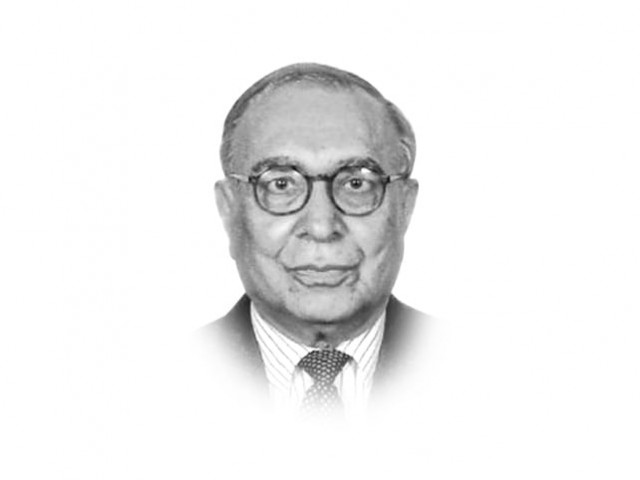Resurgence of Bangladesh
Bangladeshis' motivation and their capacity to work hard in unpropitious circumstances is making a difference.

A dark prognosis about its future first sprang from seemingly insurmountable economic challenges faced by a state established by the British in the early 20th century and then within the same frontier, by revolt, from Pakistan. Secondly, such a forecast also emerged from its personality-driven politics, the contending articulation of the roots of its nationalism and the great impoverishment of its human capital over centuries. Many negative features persist but what is making a difference is the élan of Bangladesh’s people, their motivation and their capacity to work hard in unpropitious circumstances.
These inherent qualities of its people have limited the damage caused by its turbulent politics –– assassinations, military coups, countless hartals –– and by a lack of consensus on whether its nationalism is based on language and race or on its territorial status. Consider this last element: it is divisive in its internal ramifications but not in the national will to maintain a distinct sovereignty. However fractious the domestic political scene, Bangladeshis have never given a thought to a diluted sovereignty of their independent state; there are no takers of some implicit foreign recommendations to ‘reintegrate’ with the other Bengal. What Bangladesh would celebrate again on the National Day 2012 is this complex sense of its identity and destiny.
They would justifiably celebrate economic gains made particularly in the last decade. In 2011, its GDP grew at 6.7 per cent with manufacturing making a decent contribution. In 1990, 57 per cent of Bangladeshis were below the poverty line; in 2012 the figure is no more than 32 per cent. Education has made significant strides; the quantum jump in the enrolment at primary and secondary levels, especially of girls, deserves a special mention. Some infrastructure projects have been of strategic social and economic value; my favourite is the Jamuna Bridge, though I have a secret wish to one day cycle across the 6.15-kilometre-long Padma Bridge.
These gains need consolidation as Bangladesh is not immune to internal and external shocks. There is the endless battle against natural forces that strike the land from time to time. Then the country is susceptible to the vagaries of the international economic order. Another global slow down or another upsurge in oil prices would make it difficult to sustain the 2011 GDP growth.
My four-year tour of duty in Dhaka, beginning in 1982, has an abiding afterglow in my memory because of the progress in rebuilding bridges. The wounds of 1970-71 were still fresh, but the people showed great magnanimity of spirit. My tenure witnessed the rise of General Hussain Muhammad Ershad and then relentless resistance to his rule by major political parties, eventually culminating in his stepping down in December 1990. Subsequent attempts to filter the principal leaders out of the political process simply failed. In 2009 the Awami League-led alliance won by a landslide victory.
Political contests in Bangladesh have occasionally been seen as grounded in interpretations of nationalism mentioned above. Some friction has come from the priority freedom-fighters claim over those who were not committed to secession from Pakistan. Differences arise on how to come to terms with the events of 1970, whether to be punitive or pursue a broad reconciliation. It is my belief that these strains are transient and that the great vitality of the Bangladeshi youth would eventually transcend these divisions and create a vibrant, cohesive and unified nation.
Published in The Express Tribune, March 26th, 2012.














COMMENTS
Comments are moderated and generally will be posted if they are on-topic and not abusive.
For more information, please see our Comments FAQ